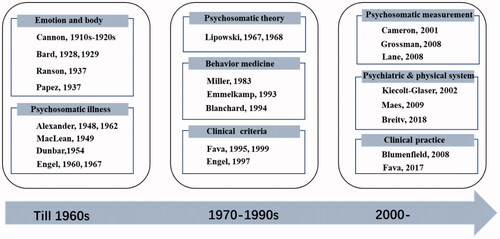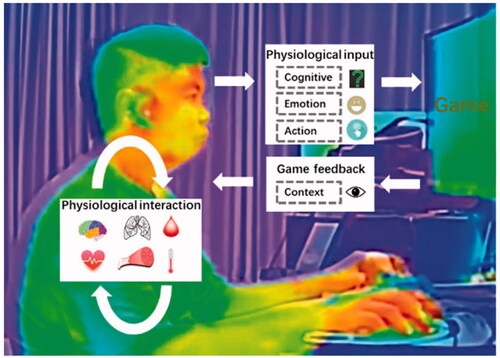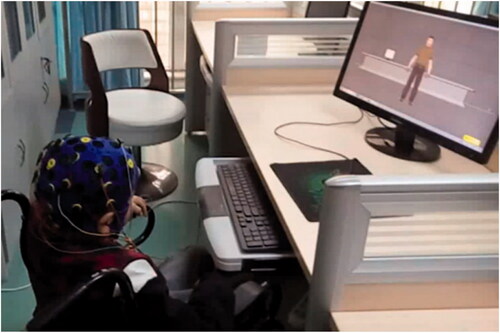Figures & data
Figure 1. Representative studies during the development of the field of psychosomatic medicine. In the early twentieth century, Cannon’s laboratory studied the physiology of emotions for two decades; with the support and expansion of Bard’s studies, they proposed the Cannon–Bard theory that linked emotions and physiological responses. The Cannon–Bard theory was an important precursor for studies, such as Papez’s “A proposed mechanism of emotion.” In the mid-twentieth century (from the 1940s to the 1960s), the psychosomatic perspective identified different kinds of psychological factors in illness, and physiological changes were discussed. After the 1960s, researchers in the field proposed and discussed psychiatric connotations, psychosomatic theory, behavioral therapy, and clinical criteria. In the past two decades, the psychosomatic medicine framework has broadened to include numerous psychiatric and physical systems, and its measurements and clinical practices for treatment-related care come increasingly to the fore.

Figure 2. Main BCI paradigms in past studies. Early paradigms (in black) focused on motor control; the recent paradigms (in red) focused on various modes of monitoring and modulations.

Figure 3. The concept of BAC. The interaction between the brain and body (BAC-1) is represented inside the green circle, the interaction between the brain and external equipment/environment (BAC-2) is represented in the outside circle, and simultaneous internal and external interaction (BAC-3) is indicated by the overlap.

Figure 6. Infrared imaging of an individual playing a video game. The game loop includes psychological and physiological (e.g., cognitive, emotion, and action) inputs and context-based feedback, as well as a wide range of physiological interactions (e.g., of the brain, heart rate, breathing, muscles, metabolism, and skin temperature).




